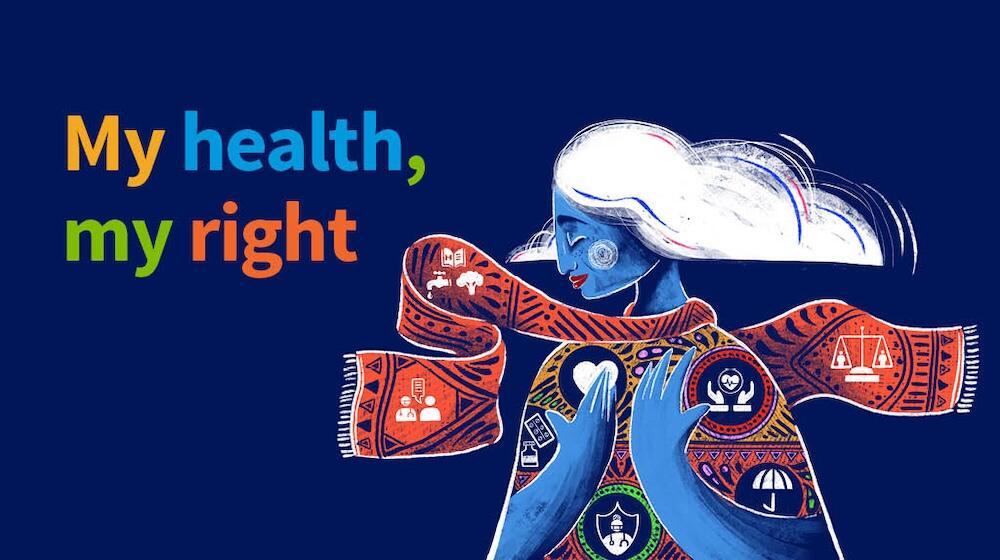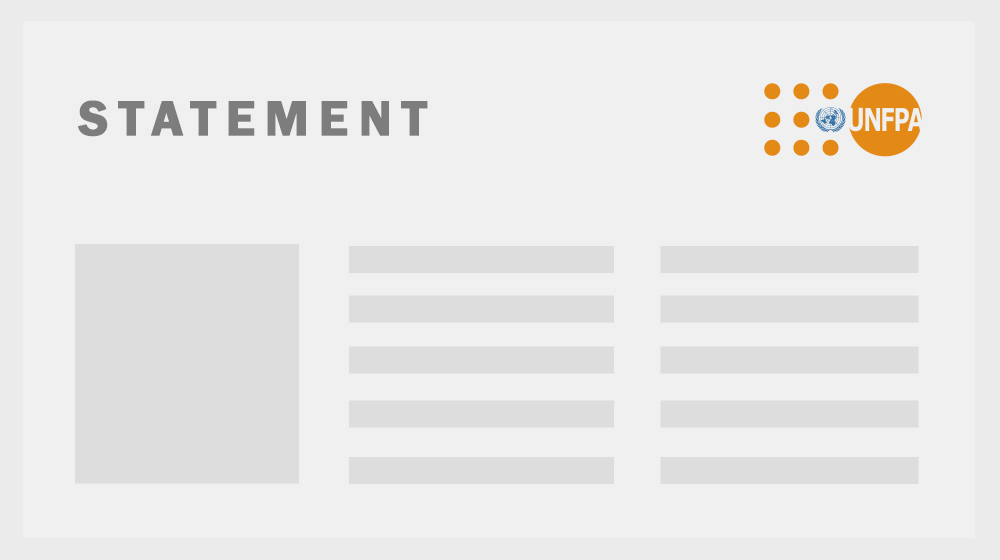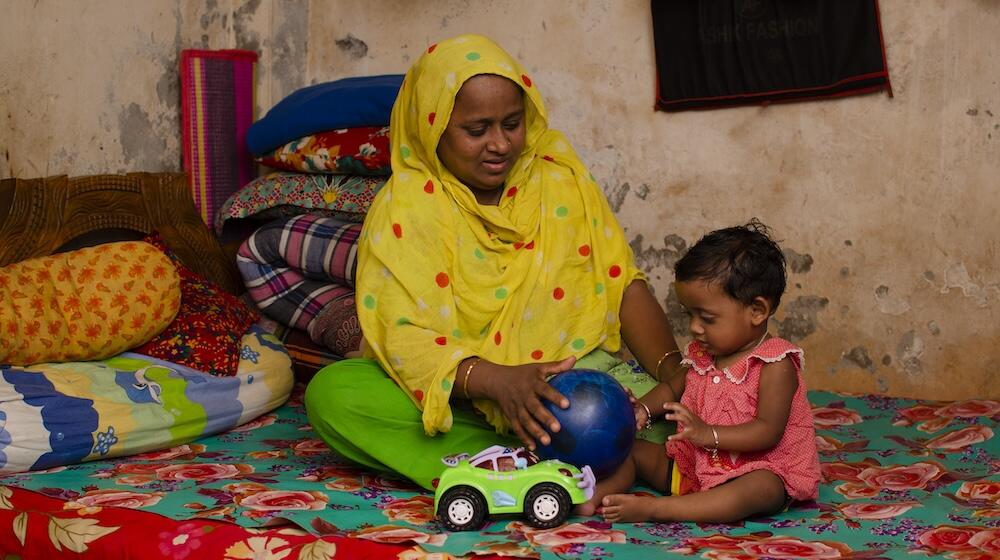The climate crisis is the biggest health threat to humankind, says the World Health Organization, which puts the number of deaths attributable to environmental causes each year at more than 13 million. The theme for this year’s World Health Day is “Our Planet, Our Health.”
In its most recent report, The Intergovernmental Panel on Climate Change (IPCC) states that 3.3 - 3.6 billion people “live in hotspots of high vulnerability to climate change.” Climate impacts have already plunged millions into a food- and water-insecure existence.
This is deeply concerning for UNFPA, which is driven by the goal of zero preventable maternal deaths by 2030 – a goal climate change severely undermines. At either extreme – drought or flood – pregnant and lactating women face malnourishment and hunger. The risk of stillbirth rises with temperature, and studies have indicated stillbirth and maternal mortality rates are correlated. Human-activity-fueled natural disasters that batter communities severely limit access to vital antenatal and postnatal care. Global warming contributes to the spread of vector-borne diseases like malaria and dengue, which have been linked to maternal death.
It is long past time that the world acted on the incontrovertible truth that our fate is tied to that of our suffering planet. Indifference equates to a disregard for human health.
In her book, Replenishing the Earth, the late environmentalist and Nobel Peace Prize winner Wangari Maathai wrote, “I have come to realize that the physical destruction of the earth extends to humanity, too. If we live in an environment that’s wounded – where the water is polluted, the air is filled with soot and fumes, the food is contaminated with heavy metals and plastic residues, or the soil is practically dust – it hurts us, chipping away at our health and creating injuries at a physical, psychological and spiritual level. In degrading the environment, therefore, we degrade ourselves and all humankind.”
While reports grow ever louder in sounding the alarm that our climate window is closing, the window still exists.
“The reverse is also true,” Ms. Maathai continued. “In the process of helping the earth to heal, we help ourselves. If we see the earth bleeding from the loss of topsoil, biodiversity, or drought and desertification, and if we help reclaim or save what is lost… the planet will help us in our self-healing and indeed survival.”




